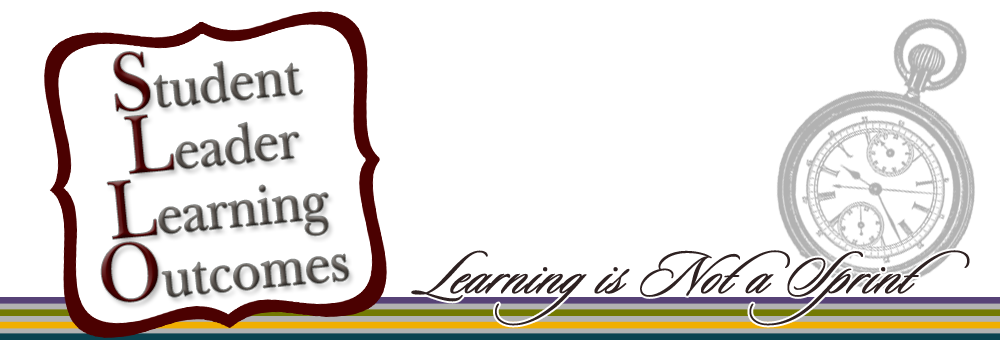About 11 months ago I packed up my (too many) belongings and
moved to Waco, TX to start the next chapter of life…graduate school at Truett
Theological Seminary. As I look around at my life I realize I have come to love
this place. I get to spend my time reading and studying God’s word and learning
about the church, my “work life” consists of engaging with the community at
Waco Habitat for Humanity and doing research on the topic of missions for an
incredible professor and mentor, and I am in love with my church. My free time
is spent reading books and really digging deep into community with the people
God has placed here in my life.
I sit here now writing on the same laptop that carried me
through my last semesters at Texas A&M University and an experience that
when I look back upon I can only describe as surreal…serving as 62nd President
of the
Memorial Student Center. I was thinking
about this chapter in my life the other day and realized that what I love most
about my time as President is that it wasn't something that I wanted to do. In
fact, I turned down the opportunity multiple times. I’m not trying to be
arrogant when I say this. I know and appreciate that there are many people who
wanted the job…I just didn't feel equipped. I knew, in detailed description,
the intensity of what I would be agreeing to do. Yet, as I look back on the
experience I realize that I was prepared. It was something I was preparing for
years before I even knew what an MSC President was. I attribute a vast amount
of my preparation to the Student Leader Learning Outcomes.
My first interaction with SLLO was via trickle-down contact.
I was a shy freshman in
MSC FiSH and the
student staff in the organization engaged with the rubrics and tools behind the
scenes and incorporated them into their leadership. I think I probably filled
out a survey or two.
Fast forward to my sophomore year and I found myself in
their shoes. Sitting around a staff table setting goals for myself and marking
off boxes where I felt I landed in skill level at project management. Then I
sat and talked with my Chair and Vice Chair about where I would like to be and
what tools and practices could help me get there.
Fast forward once more and you find me as a junior, back on
the other side of the table. This time I was serving as Chair and my Vice Chair
and I spent hours brainstorming with our advisor, Katy King, about how we could
push this project even further and engage deeper with our staff and freshmen.
We simultaneously focused on our personal growth and each picked specific
rubrics to follow, drafted learning contracts, and developed staff activities
to get everyone thinking beyond just planning programs.
The rubric I picked to focus on personally was public
speaking. My learning contract included signing up for a speech class. Two
years later I found myself sitting in front of a news camera the morning that
the newly renovated Memorial Student Center was to be rededicated and reopened
after a $120 million renovation and expansion. The next day I was on a stage
speaking to an estimated 3,000 people as we opened the doors and invited our
Aggie family back into the campus living room for the first time in three
years. Life is weird and unexpected.
What I love about the SLLO project, and where I think its
primary impact lies in my life, is the focus on utilizing small steps and
choices. I am a huge advocate for intentionality and reflection—and this is
what I consider to be the core of SLLO.
I am a big picture person, often I really don’t want to
recognize that the little choices I make can actually prepare me for the next
opportunity. The SLLO tools required me to slow down and to examine my
long-term goals and think about what I can do now to prepare. It is a model
that relies on honest self-reflection and a willingness to be open to feedback
from others. The funny thing is that it prepared me for far more than any of
the goals I ever conceived.
Not only did SLLO prepare me for student leadership at Texas
A&M but interacting with the project instilled skills within me that I
continue to utilize every day. These are things that I don’t often even think
about because they have become so ingrained in me. When I allow myself the time
to sit and reflect I am always surprised at how far I have developed since I
entered this season of life as an 18 year old freshman. I am comfortable
receiving constructive criticism at my job. I am willing to provide feedback to
peers and superiors. I am willing to step out of my comfort zone and challenge
myself to do the things I think I can’t.
If I were to offer one piece of advice to people considering
engaging with the SLLO resources it would be: just start. Choose one tool or
practice and help your students implement it. And then challenge them to do a
little more, and a little more.
I am so grateful for Katy King’s passion. She not only
provided me opportunities to engage on paper and in the safety of her office,
but she actively pushed me to do the things I didn't think I could do. She
never doubted that I could stand on a stage in front of 3,000 people and
represent our student body…even though I questioned my ability. The SLLO
project gave me an avenue to practice little things every day. It was these
seemingly little things that ultimately gave me the confidence to go boldly and
serve in ways I never considered possible.
- Liz Andrasi









